How to Get Rid of Pool Limescale
Summary
– Anti-limescale for swimming pools: what is the limescale in water?
– Anti-scale pool: the disadvantages of scale in the pool
– Anti-limescale pool: the anti-limescale treatment
Limescale is always present to a greater or lesser extent in water, including swimming pool water. The level of limescale depends, of course, on the water supplying the pool and, therefore, on the place where it is installed. When the level of limestone is too high, it becomes a real nuisance for any water supply and drainage system, particularly the pool. We make the point on this problem and the anti-limescale of swimming pools.
Anti-limescale for swimming pool: what is the limestone of water?

The rate of limestone in water (or its hardness) is expressed in degrees. It indicates water’s mineralization and mainly its calcium and magnesium carbonate concentration. It is also called “hydrotimetric title”, and TH symbolizes its abbreviation.
A standard TH is considered to be between 10 and 25ºf. Consequence:
– Water with a TH below 10ºf is considered too soft. It is, therefore, acidic and can have a corrosive action on the equipment.
– On the other hand, water with a TH of more than 25ºf is too hard. Limescale is deposited on the walls and bottom of the pool, but not only. It is also found in the equipment.
In these two extreme cases, it is essential to treat the water to avoid damaging the pool lining and equipment.
Good to know: to check the TH, colorimetric strips are used.
Anti-limescale pool: the disadvantages of limescale in the pool
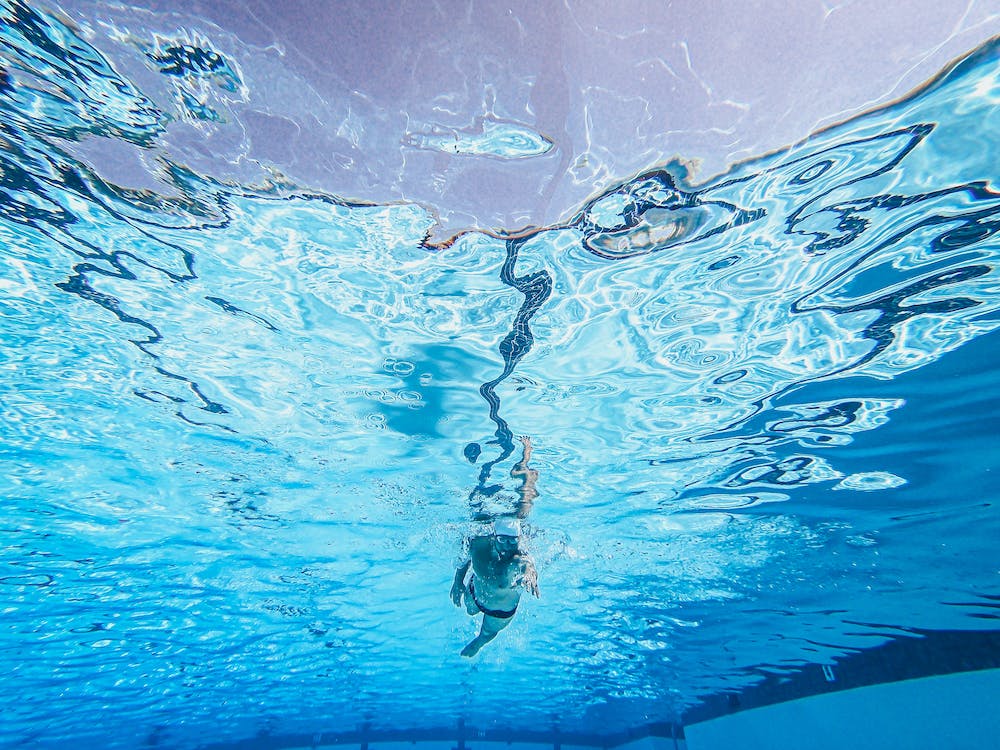
When there is too much limestone in the water, you can observe the following:
– The appearance of whitish stains on the liner, especially when it is a liner.
– The clogging of the filter sand and, therefore, poor quality of filtration of the pool water. It is not uncommon to have sand that has turned to stone. This is even more crucial for cartridge filters.
– The accumulation of deposits makes the walls rough and favors algae’s fixation.
– Deterioration of the liner will have to be changed sooner than expected.
Anti-limescale swimming pool: the anti-limescale treatment

As limescale sets in very quickly, it is advisable to treat the pool preventively. The anti-limescale treatment will act as a sequestering agent for calcium and magnesium ions and prevent the scale from attaching to the pool’s walls and equipment.
It is generally a liquid, and the manufacturer recommends the dosage. The treatments are done at a rate of 3 or 4 per season: one at the start of the pool, one or two in the middle of the season, and the last before wintering.
Limescale sequestrants are available as tablets to be placed in the skimmer basket after each filter washing. They are much easier to handle than liquid products and provide continuous treatment.
Another good practice is not to overheat the pool water. Indeed, high temperatures favor the appearance of limestone.
Good to know: American waters are more often hard than soft; however, it happens that we are in a zone where the TH is too low. There is, therefore, a product to raise the TH and prevent corrosion of the metal parts of the pool.
Read more:
– The 5 Best High-Pressure Cleaners;
– What Is High-Pressure Cleaning and How to Choose Your High-Pressure Cleaner?
– Easy Ways to Tackle the Great Spring Cleaning;
– How Do You Organise the End of Construction Site Cleaning;
– Why Choose High-Pressure Facade Cleaning;
– Understanding How a Pressure Washer Works;
– Hot vs. Coldwater Pressure Washer;
– How to Clean a Cast Iron Barbecue;

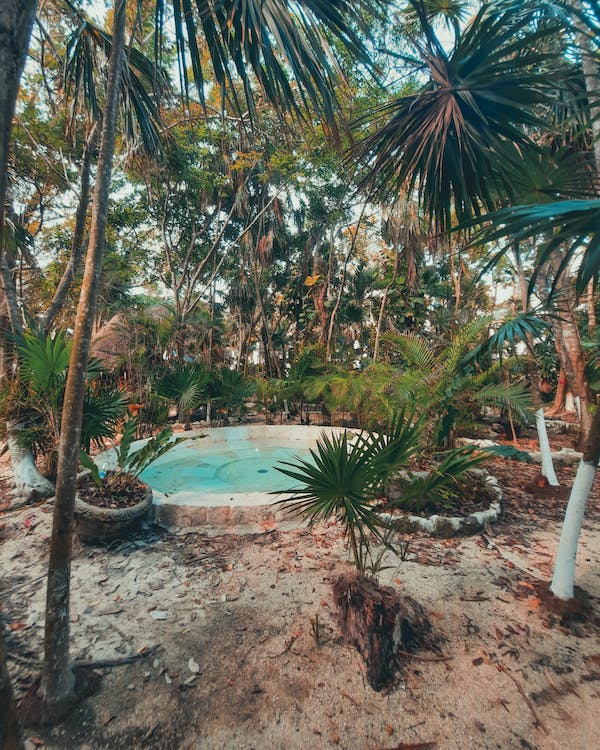
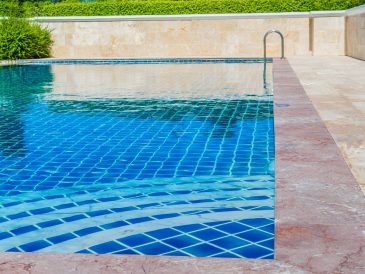
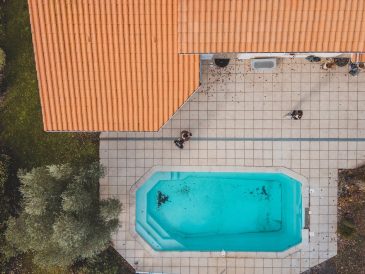
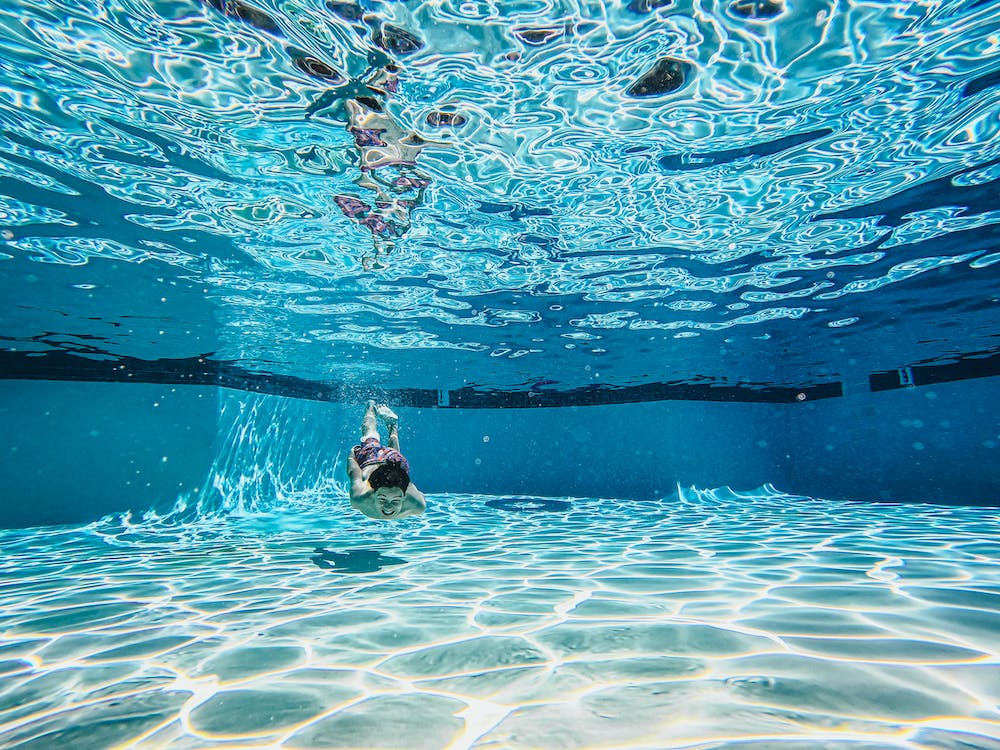
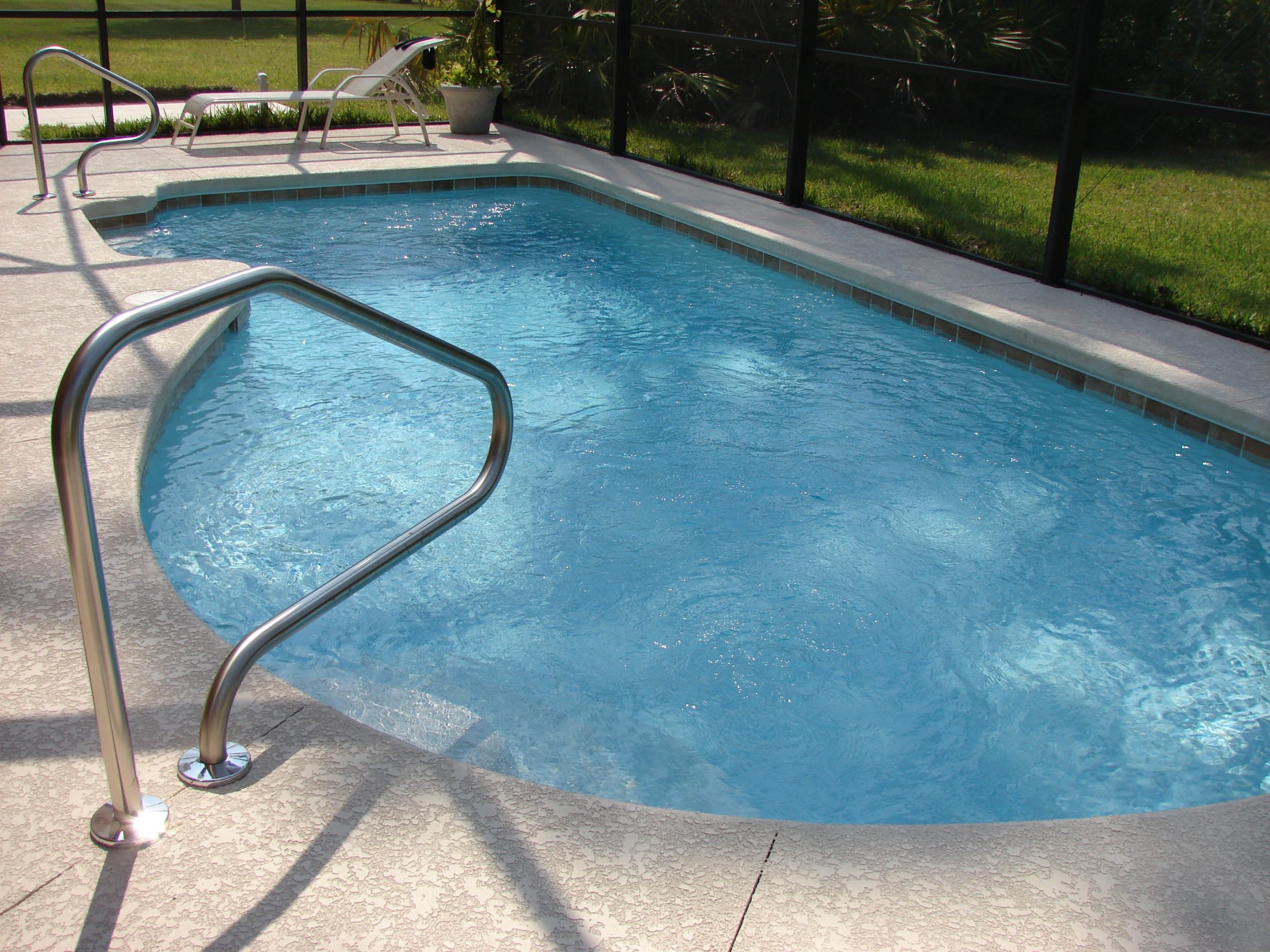
1 Comment
[…] Read more: How to Get Rid of Pool Limescale […]